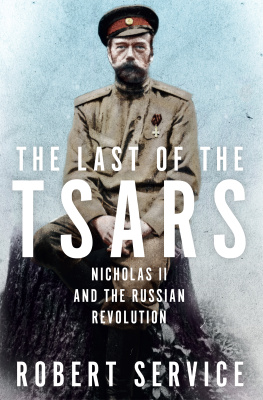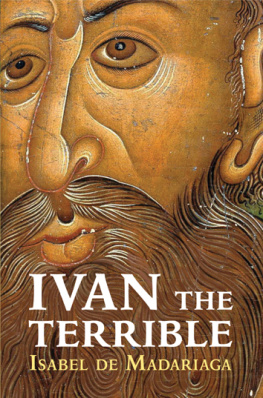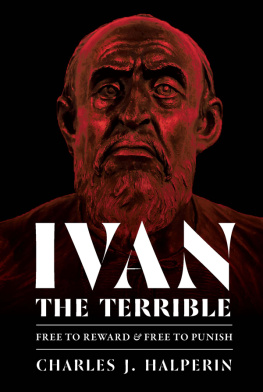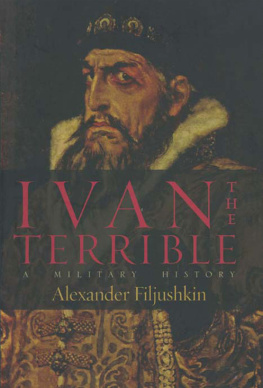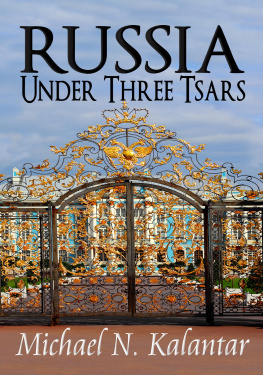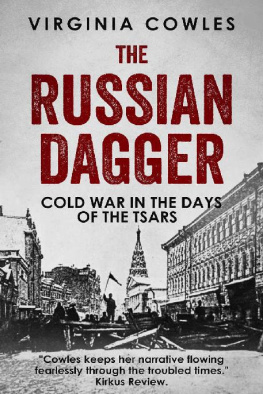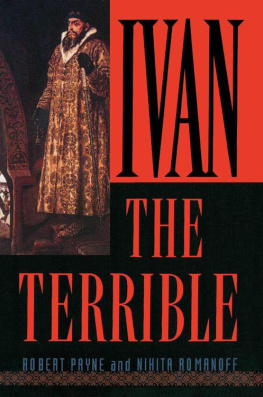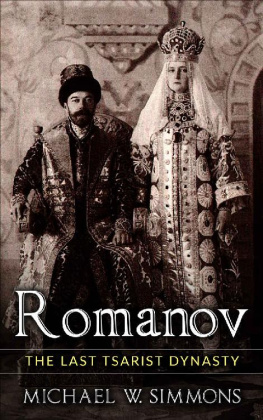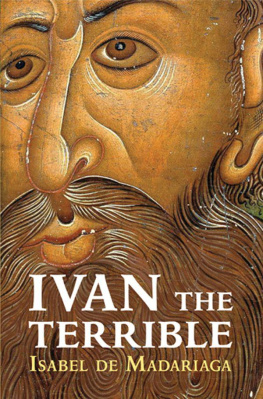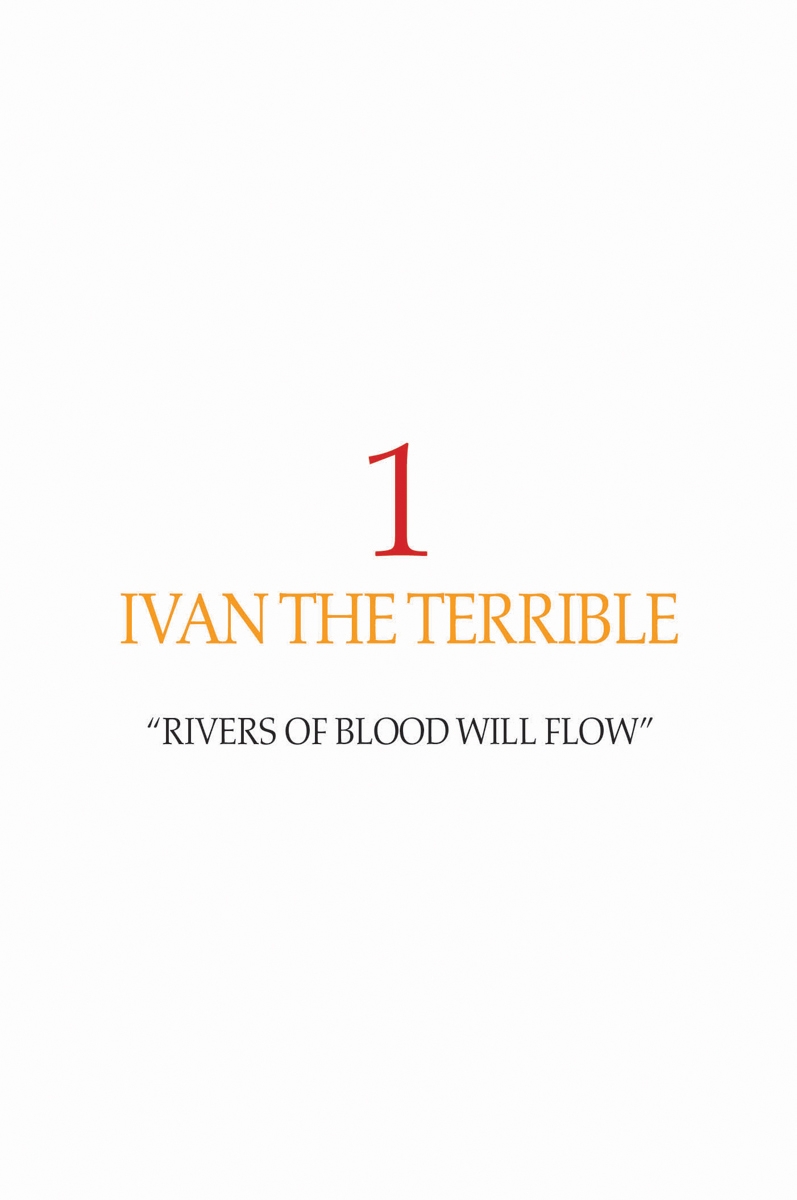Alexander Ivanov - The Tsars
Here you can read online Alexander Ivanov - The Tsars full text of the book (entire story) in english for free. Download pdf and epub, get meaning, cover and reviews about this ebook. year: 2018, publisher: New Word City, Inc., genre: Detective and thriller. Description of the work, (preface) as well as reviews are available. Best literature library LitArk.com created for fans of good reading and offers a wide selection of genres:
Romance novel
Science fiction
Adventure
Detective
Science
History
Home and family
Prose
Art
Politics
Computer
Non-fiction
Religion
Business
Children
Humor
Choose a favorite category and find really read worthwhile books. Enjoy immersion in the world of imagination, feel the emotions of the characters or learn something new for yourself, make an fascinating discovery.
- Book:The Tsars
- Author:
- Publisher:New Word City, Inc.
- Genre:
- Year:2018
- Rating:3 / 5
- Favourites:Add to favourites
- Your mark:
The Tsars: summary, description and annotation
We offer to read an annotation, description, summary or preface (depends on what the author of the book "The Tsars" wrote himself). If you haven't found the necessary information about the book — write in the comments, we will try to find it.
The tsars of Russia reigned as absolute monarchs long past the time when the authority of other sovereigns had been curtailed. Here, historian Alexander Ivanov reveals their fears and betrayals, privilege and debauchery, conspiracies and rivalries, love and tragedy as they forged Russia into one of the worlds greatest empires.
No ruler in history has embodied the oppressive domination of these rulers more vividly than Alexander Ivanovs opening subject, Tsar Ivan IV, the first of all the Russian tsars, known to history as Ivan the Terrible. Although a gifted ruler who did much to unite and improve the conditions in his primitive country, Ivan was also a notorious sadist who delighted in torturing and murdering anyone who displeased him.
Ivans death in 1584 ushered in the Time of Troubles, thirty-five years of famine, plague, and war that crippled the nation. A series of rulers attempted to cope with the devastation, beginning with Ivans successor Boris Godunov. Finally, grasping for stability, Russias nobles begged young Michael Romanov, the great-nephew of Ivans beloved wife Anastasia, to take the throne. Michael successfully united the war-torn and ravaged nation and founded a dynasty that would rule for 300 years.
The Romanov line produced Russias most brilliant yet most unconventional sovereign: Peter the Great, a towering figure of a man whose restless, creative mind led him on an inexorable quest to modernize and civilize the still backward nation. The reforms he enacted so enraged nobles and peasants alike that Peter had to quash a series of rebellions to keep his crown. Ruthlessly stifling dissent and massacring rebels, he ultimately cowed the Russian people into submission, achieving a legacy that nearly equaled his ambitions.
It was left to a woman - and a foreigner, at that - to lead the nation further out of the darkness. German princess Sophie Friederike Auguste of Anhalt-Zerbst, known to the world as Catherine the Great, absorbed the principles of the eighteenth-century Enlightenment and applied them to a country built on the backs of millions of serfs. However ineffective some of her policies, in the end, she made Russia a major player on the European stage.
Serfdom was finally abolished in the nineteenth century, but it would be decades before Russian peasants could own land of their own and learn to farm it productively. The boyars and tsars clung to power until the Bolshevik revolution of 1917. The sad fate of the last tsar, Nicholas II, and his family, marked the end of the absolute power that Ivan the Terrible had so exploited. The abuses would continue but under a new and drastically different form of government.
Alexander Ivanov: author's other books
Who wrote The Tsars? Find out the surname, the name of the author of the book and a list of all author's works by series.


